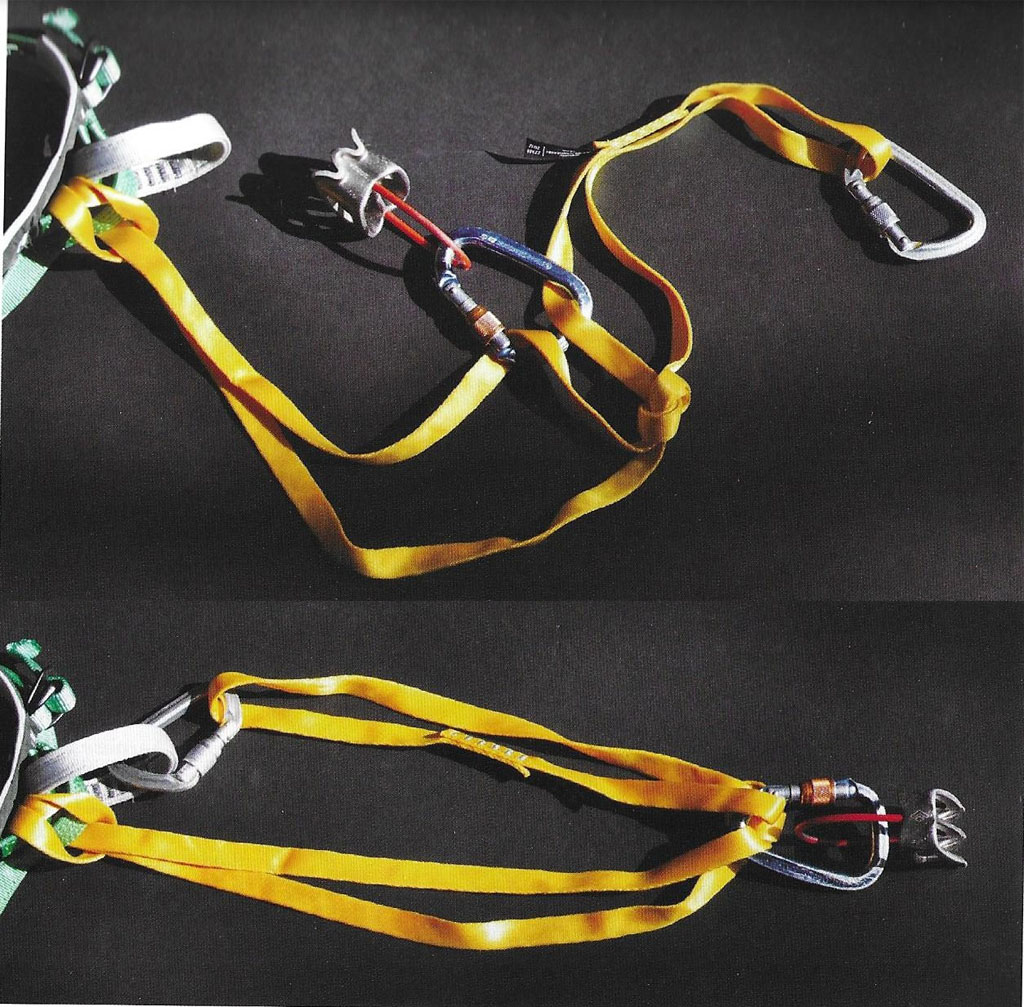Knots/Hitches to Practice for AMC Beginner Course
If you want to familiarize yourself beforehand these are the knots/hitches and their use in the class. There are other knots that are perfectly safe that are used in the same situations but this selection of knots/hitches are taught to ensure consistency and in trying to keep it as simple as possible. These will all be illustrated and practiced during the course. This is not a substitute for learning these knots hands-on with an experienced instructor
* Figure 8 re-thread (tie-in)
* Figure 8
on a bight (top-rope setup)
* BHK (big
honking knot) (top-rope setup)
* Double
fisherman's (tying cord in loop)
* Flat overhand
(AKA European Death Knot) (tying ropes together for
rappel)
* Autoblock (a
hitch to backup rappel)
* Stopper (AKA
barrel knot) (used to tie
off end of rope so you canít rappel off the end)
*Overhand knot AKA overhand on a bight (used for
rappel extension among other things)
* Girth hitch
(used to attach rappel extenstion through harness tie-in points.


The Retreaded-Figure-8 is the strongest and most common knot in climbing. It is used to tie-in to your harness. These are two illustrations on how to tie it.

The Figure-8-on-a-Bight is used to tie in to anchors among other uses.

Example of Figure-8-on-a-Bight
|  |
Exampls of the BHK (Big Honking Knot) used as the anchor in top-rope setups.

The Double Fishermanís knot, AKA Grapevine, is used to tie ropes, prussics, cordelletes, together.


The Flat Overhand (AKA European Death Knot (EDK) is used to tie two ropes together for rappel.


Autoblock hitch is used to back up a rappel device with either cord or
a sling..

Stopper
knot used at the end of each end of the rope to prevent rappelling off
the end of the rope.

An Overhand on a loop for rappel backup.
A Girth hitch around the harness tie-in points.
